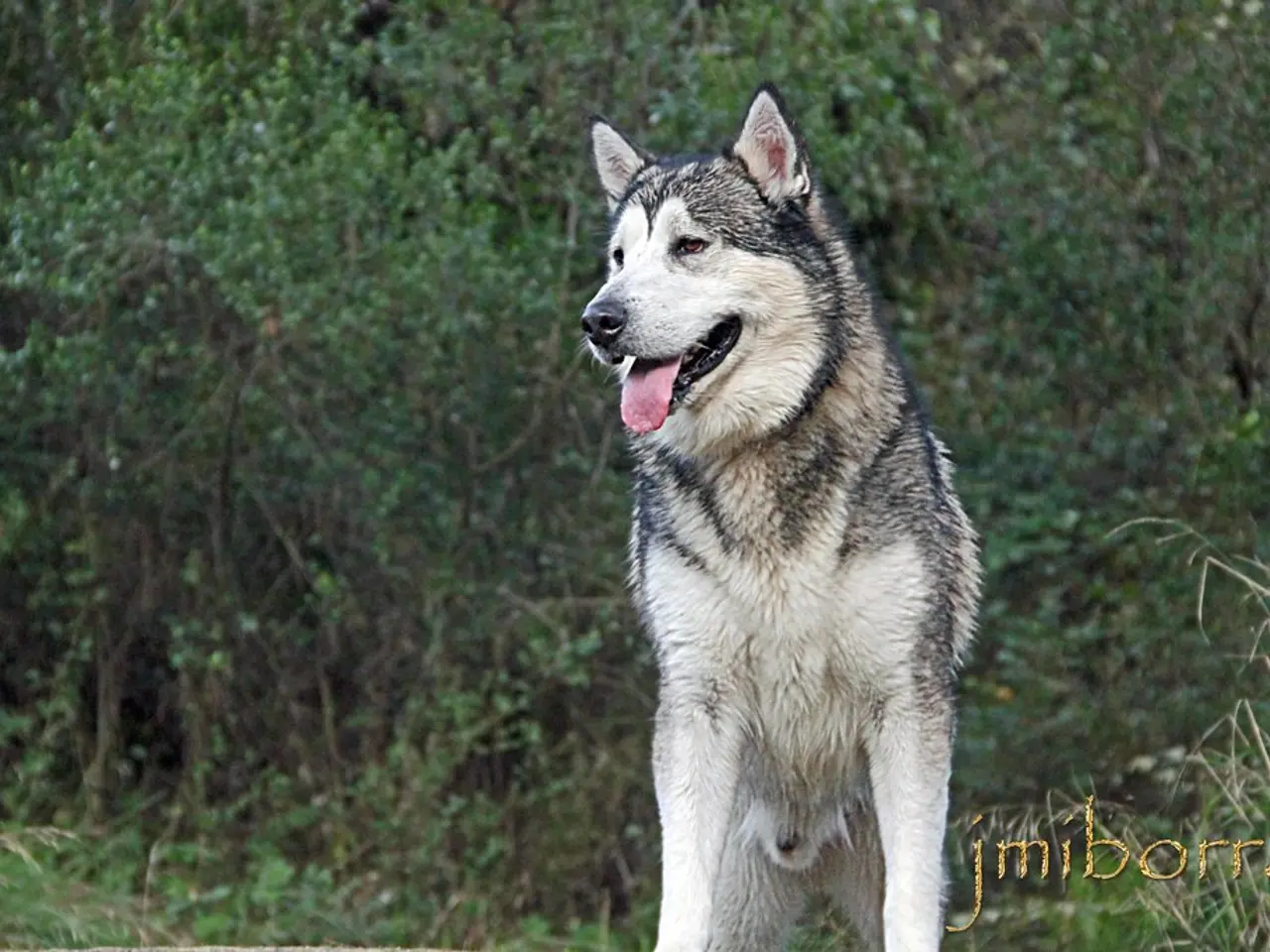Scarlett Johansson and rock music contribute to safeguarding cattle from wolf attacks
In the vast landscapes of Washington, Oregon, and northern California, the population of grey wolves is on the rise. Hundreds roam in the Pacific Northwest, with dozens more in California's northern regions, and thousands near the Great Lakes. This recovering population, once hunted nearly to extinction throughout the US West by the first half of the 20th century, has led to increasing conflict with ranchers.
The United States Department of Agriculture (USDA) has taken a proactive approach to mitigate this conflict. USDA drone pilots have continued cattle protection patrols this summer, simultaneously researching wolf responses at ranches with high conflict levels. One such encounter, recounted by Paul Wolf, the USDA's southwest district supervisor, involved a wolf running away after being told to do so through a drone's loudspeaker.
The use of drones in wildlife management is not a novel concept. Ranchers in Northern California who have hosted these drone patrols agree that they have reduced livestock deaths. However, the effectiveness of this technology is not uniform. Drone technology does not work well in wooded areas, making it impractical for many ranchers.
To overcome these challenges, USDA scientists have developed techniques for hazing wolves by drone while monitoring them using thermal imaging cameras at night. Biologists in the California-Oregon border are using these methods, supplementing them with unconventional tactics such as playing AC/DC's "Thunderstruck", movie clips, and live human voices to scare away wolves from cattle.
A preliminary study demonstrated that adding human voices through a loudspeaker rigged onto a drone can indeed freak out wolves. However, it remains to be seen if wolves might become accustomed to drones, as they can learn that certain stimuli are not a threat.
Despite these advancements, the cost of implementing this technology is significant. A drone with night vision and a loudspeaker costs around $20,000 and requires professional training. This expense, coupled with the need for continuous patrols, raises questions about the long-term viability of this solution.
Ranchers like Mary Rickert, who is north of Mount Shasta, are appreciative of the drone patrols but believe they are not a long-term solution. Mary wants permission to shoot wolves if they're attacking her animals or if they come onto her property after a certain number of attacks. If the technology proves effective and costs come down, ranchers might merely have to ask wolves to go away.
However, the issue of compensation for livestock losses remains. Ranchers are compensated if they can prove that a wolf killed their livestock, but there are uncompensated costs of having stressed-out cows. The stress caused by the presence of wolves can lead to decreased milk production and increased veterinary costs, adding to the financial burden on ranchers.
As the population of grey wolves continues to grow, so does the need for effective and affordable solutions to mitigate conflicts with ranchers. The use of drone technology, while promising, is just one piece of the puzzle. The future of wolf management in the Western United States will likely involve a combination of technological advancements, policy changes, and community engagement.
Read also:
- Nightly sweat episodes linked to GERD: Crucial insights explained
- Antitussives: List of Examples, Functions, Adverse Reactions, and Additional Details
- Asthma Diagnosis: Exploring FeNO Tests and Related Treatments
- Unfortunate Financial Disarray for a Family from California After an Expensive Emergency Room Visit with Their Burned Infant








